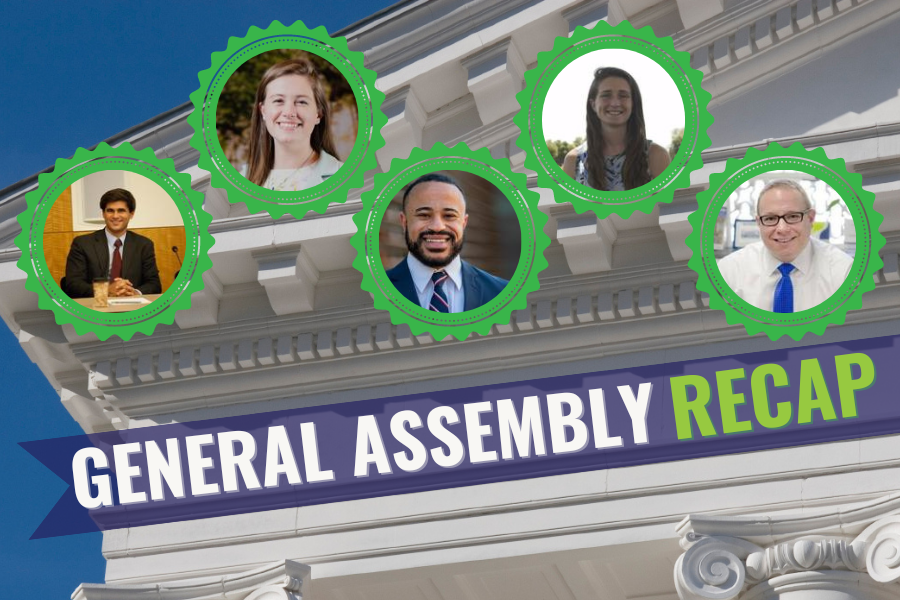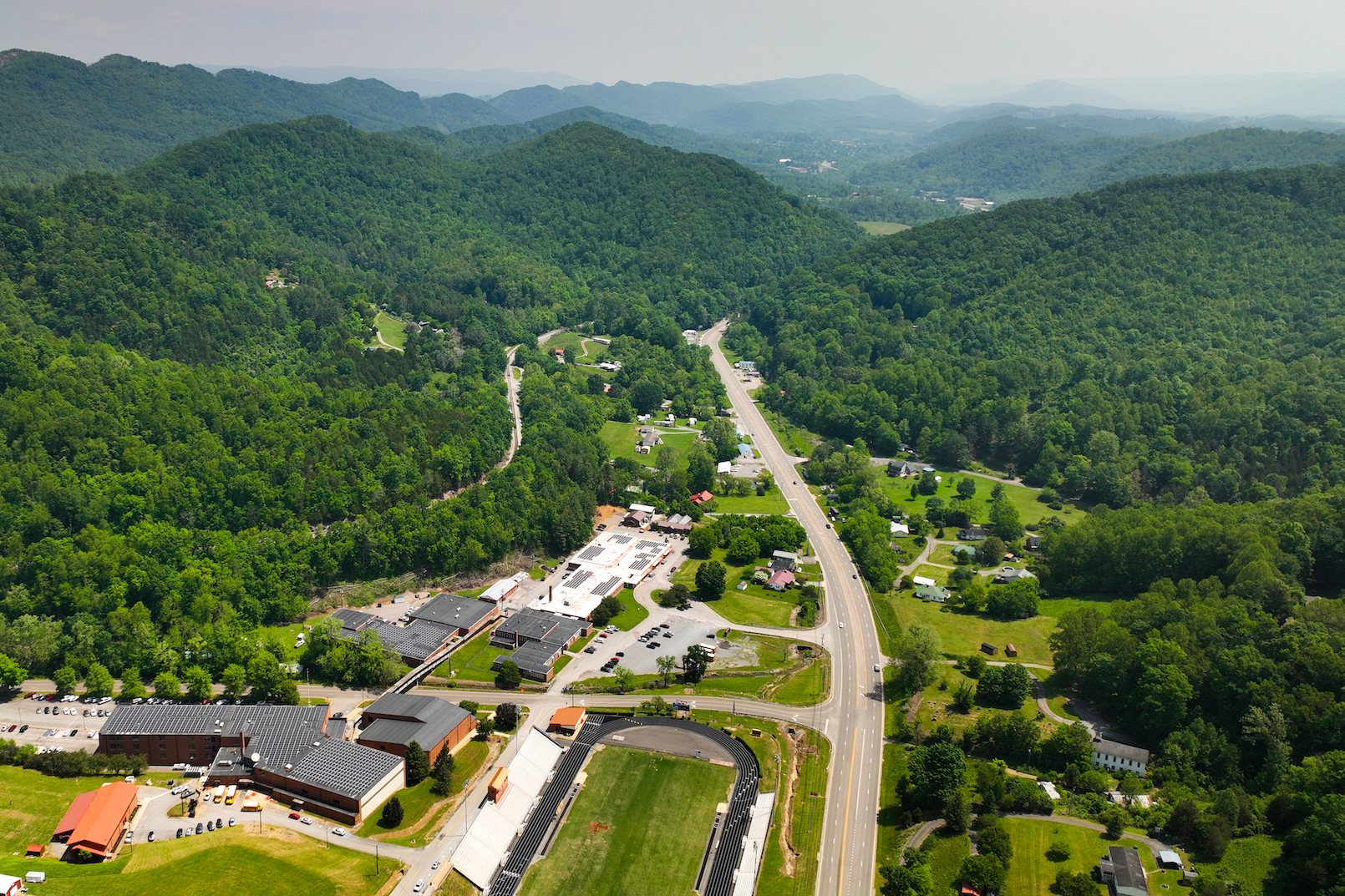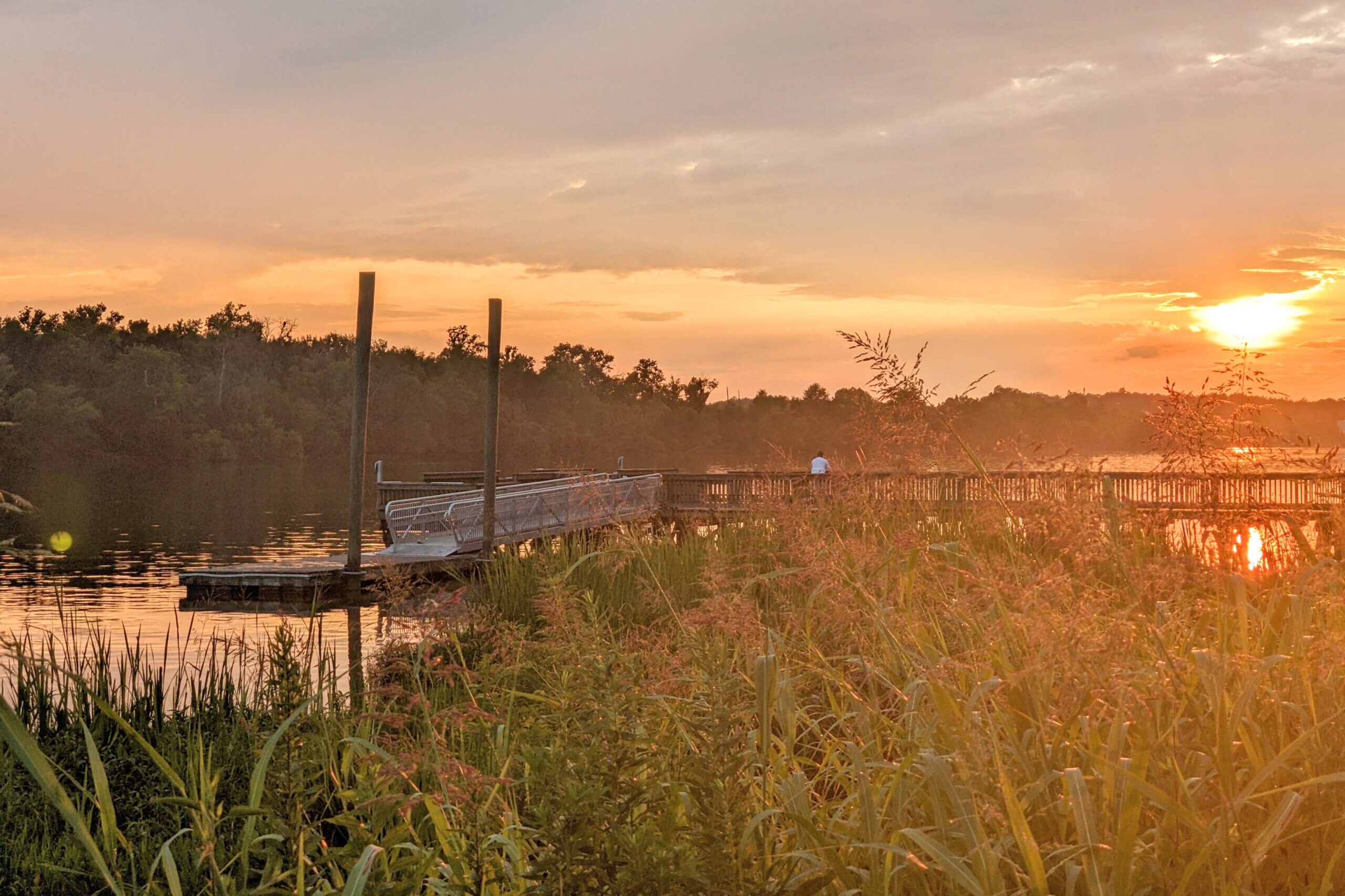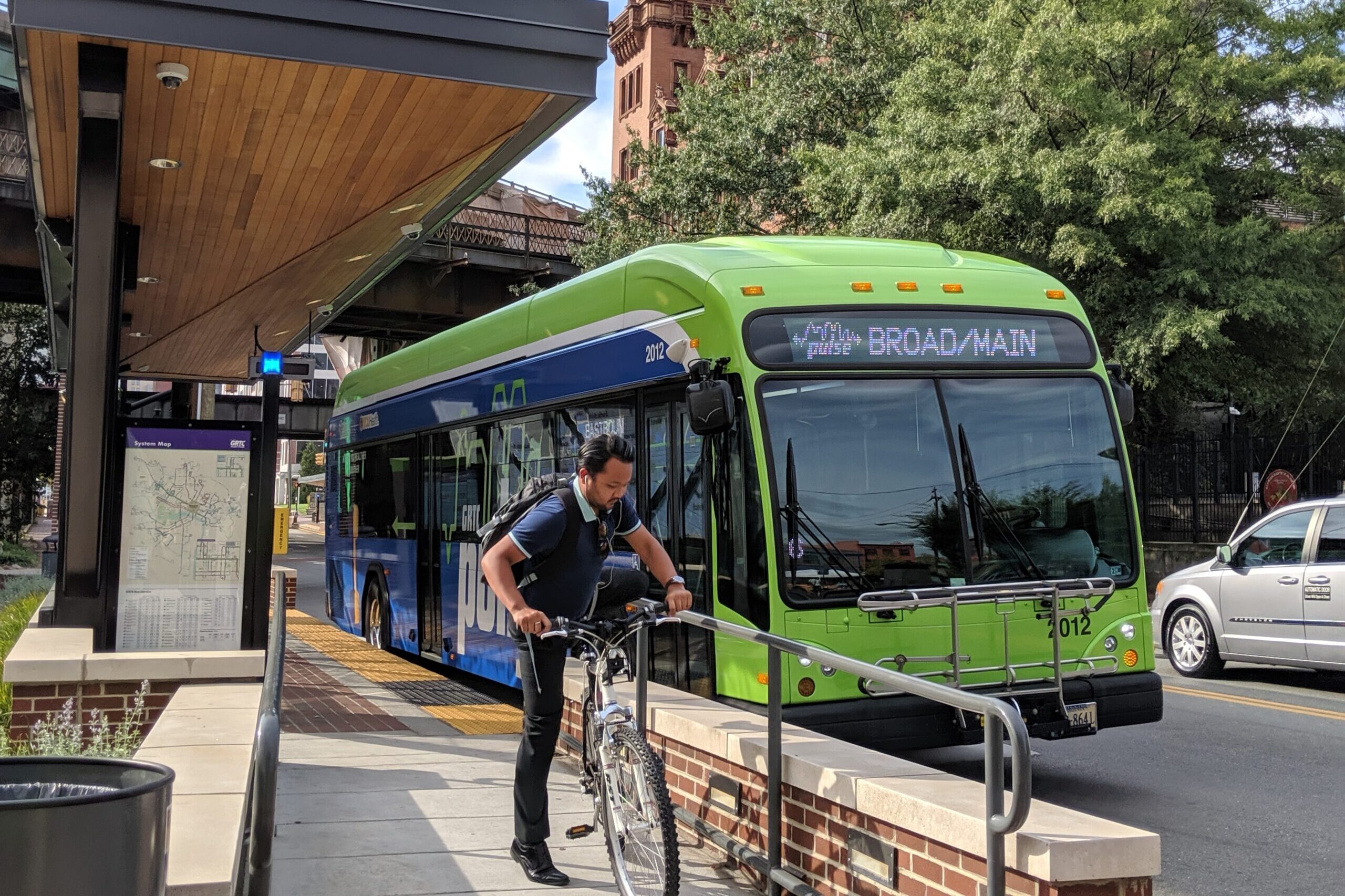RECAP: Land & Wildlife Conservation Policy from the 2024 General Assembly Session
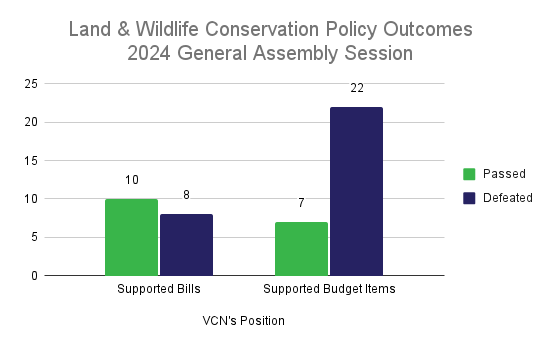
Of the 182 bills that Virginia Conservation Network took a position on this session, our Partners supported 18 bills that protect Virginia’s natural lands and wildlife. Our Partners advocated for policies that
- Protect our diminishing tree coverage
- Reduce invasive species
- Fund critical land conservation and outdoor recreation programs
- Protect native wildlife
See the wins and missed opportunities for land & wildlife conservation policy below. You can see the outcomes of all of VCN’s policy positions on our Bill Tracker.
Policy Wins for Land & Wildlife Conservation
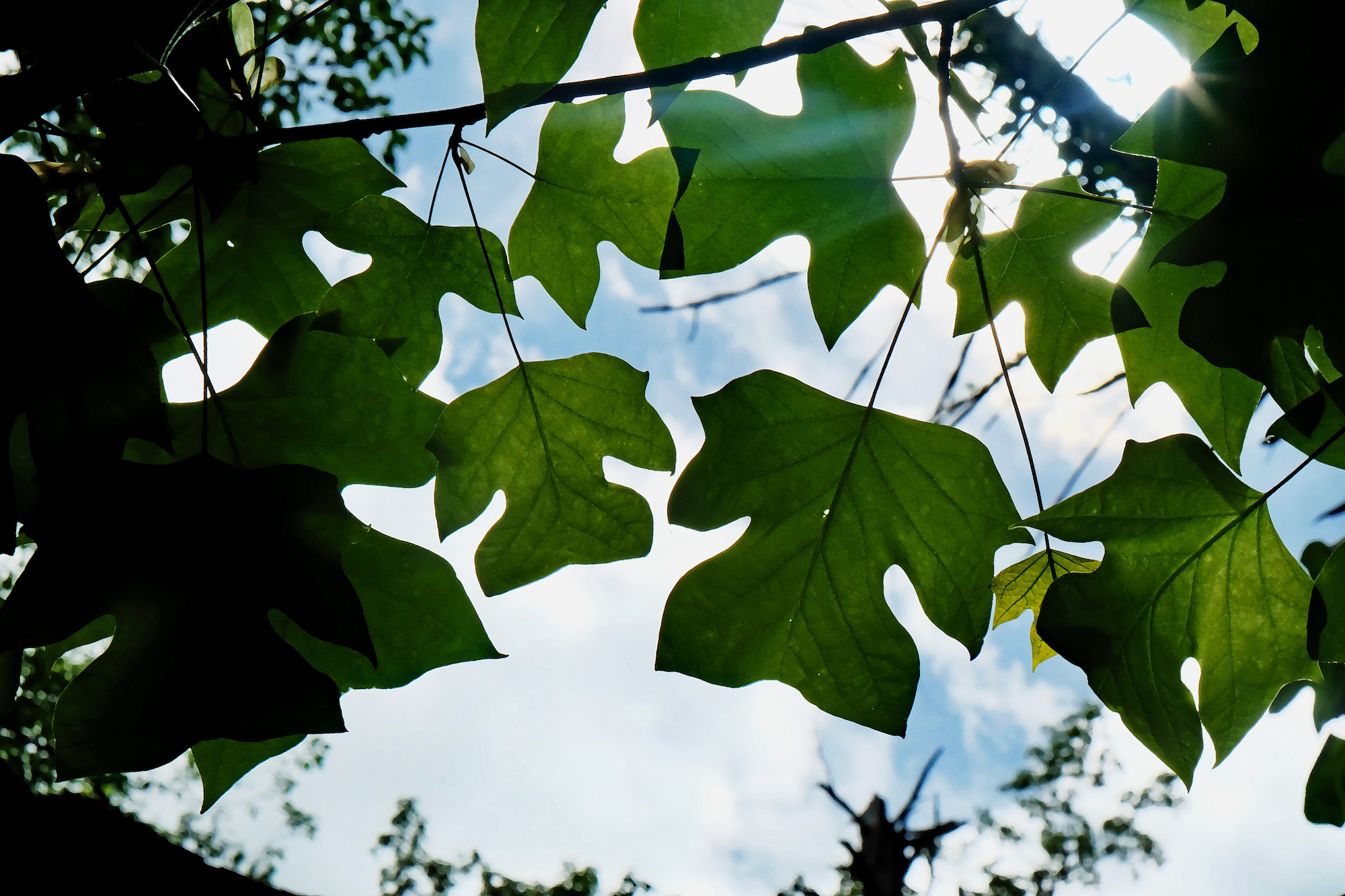
Photo by Sarah Kohrs
Preserving Tree Canopies
Virginia’s trees came out as one of the biggest winners of our supported conservation priorities. Virginia is losing trees at an astounding rate, which limits the state’s ability to improve water quality, reduce flooding, and mitigate the impacts of climate change in our most vulnerable communities. Virginia Conservation Network advocates for intact forests and urban tree coverage (also referred to as “tree canopy”) to provide habitat for wildlife, filter and slow the volume of polluted water runoff into our streams, reduce air pollution, and protect human health. After nearly a decade of dedicated advocacy, the conservation community has successfully passed several bills that will protect tree canopy by:
- Allowing localities to establish minimum tree canopy preservation requirements during construction [HB529]
- Creating a tree canopy fund for developers to pay into if tree preservation requirements are not met [HB1100]
- Expanding the flexibility of funds for tree canopy retention and replacement in certain localities [HB459/SB121]
- Directing the Department of Forestry to study the reasons for tree canopy loss and identify opportunities to further tree preservation efforts [HB309]
In addition, legislators allocated funding for tree preservation efforts through budget amendments:
- $5M in the first year for the Forest Sustainability Fund [96 #5c]
- $630K in the first year and $530K in the second year for the Department of Forestry to create the Forest Conservation Plan as outlined in HB309 [96 #3c]
- $175K each year and one full-time employee for a Policy Analyst in the Department of Forestry
Learn more about the importance of preserving Virginia’s tree canopy and the details of passed legislation on our Bill of the Day post.
Reducing Invasive Species
Another big winner of this year’s General Assembly session was the implementation of Virginia’s Invasive Species Management Plan. Virginia is losing vast tracts of stable and mature forests and ecosystems to invasive species. This loss reduces the state’s capacity to mitigate the impacts of climate change, improve community health, and ensure high-quality air and water. The General Assembly passed companion bills HB47 & SB306 which will identify invasive plants where they are sold so that consumers can make better-informed decisions about their landscaping options.
Legislators also allocated funding across several state agencies to mitigate the impact of invasive species in support of the goals outlined by the Virginia Invasive Species Management Plan:
- $250,000 each year from the general fund and two positions at the Department of Conservation & Recreation [360 #1c]
- $775,000 each year and two staff positions to the Department of Wildlife Resources [367 #1c]
- $485,000 each year and one staff position is provided to the Department of Agriculture and Consumer Services [88 #1c]
- $940,000 each year and two staff positions to the Department of Forestry [96 #2c]
Bills to reduce Invasive species were not limited to just plant life. The General Assembly also passed bills that will convene a workgroup to create a market for blue catfish [HB1135/SB402]. Blue catfish are an invasive species introduced into the Chesapeake Bay watershed in the 1970’s and already make up nearly 75% of fish living in some streams and rivers by mass. Blue catfish feed on native species, harming our watershed’s ecological balance and the local fishing economy. The development of a robust market for blue catfish will reduce the predatory pressure on our important fish species.
Missed Opportunities for Land & Wildlife Conservation
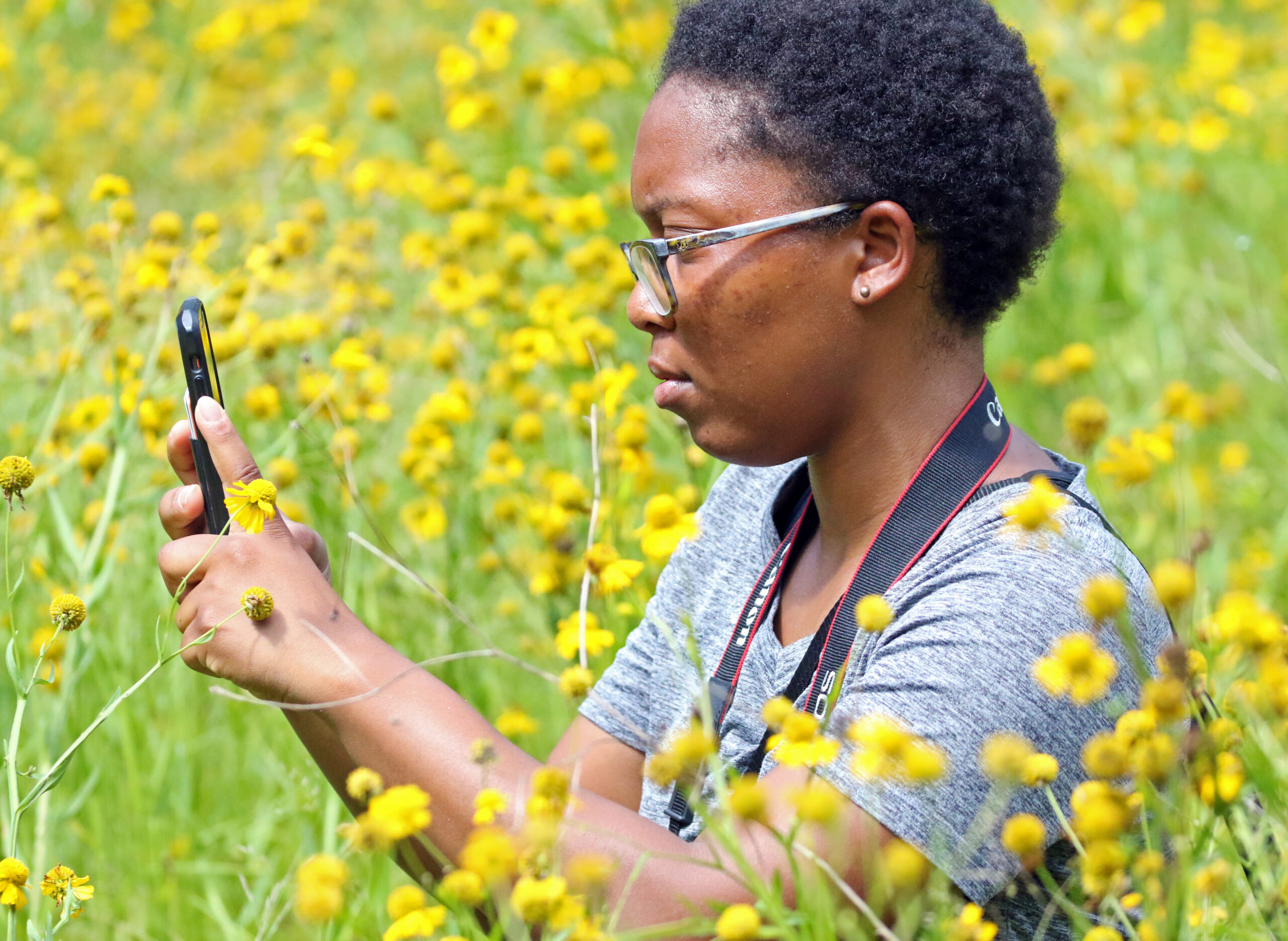
Maya Alexander studies a field of Sneezeweed. Photo by Nancy Sorrells
Dedicated Funding for Virginia’s Great Outdoors
Virginia lacks a dedicated source of funding to support Virginia’s outdoor spaces. Despite over 70% of Virginians supporting additional public spending on our outdoor programs, Virginia’s trails, parks, public lands, and the staff and infrastructure that support them remain chronically underfunded.
Several bills to establish the annual dedicated funding for our state parks, public lands, and trails were defeated this session. Although a disappointing defeat, Virginia Conservation Network will continue to advocate for popular, bipartisan solutions to fund our great outdoors.
However, in better news: the budget allocated significant funding and staff support to acquire land for natural area preserves. Virginia’s Department of Conservation & Recreation will receive $34.4 million over the next two years from Virginia Land Conservation Foundation grants and funding for 5 new staff positions to acquire natural area preserves and support the Natural Heritage Program.
WILDLIFE CORRIDORS AND AQUATIC PASSAGE
Virginia became one of the first states on the East Coast to establish a Wildlife Corridor Action Plan (WCAP) through 2020 legislation. Our WCAP identifies ways to ensure driver safety, improve wildlife and aquatic habitat connectivity, identify the best locations to create wildlife corridors, and mitigate barriers to free movement. Now, this plan needs funding to carry out prospective Wildlife Corridor Projects.
Our Partners advocated for the creation of a Wildlife Corridor Grant Fund to be allocated seed money in Fiscal Year 2025 to carry out the Wildlife Corridor Action Plan. While the bill to establish the fund received broad bipartisan support this session, legislators neglected to allocate funding for the Grant Fund in the budget. Without any funding, the bill died.
You can learn more about the importance of wildlife corridors and details of the Fund in our Bill of the Day post.
MORE POLICY UPDATES FROM THE GENERAL ASSEMBLY
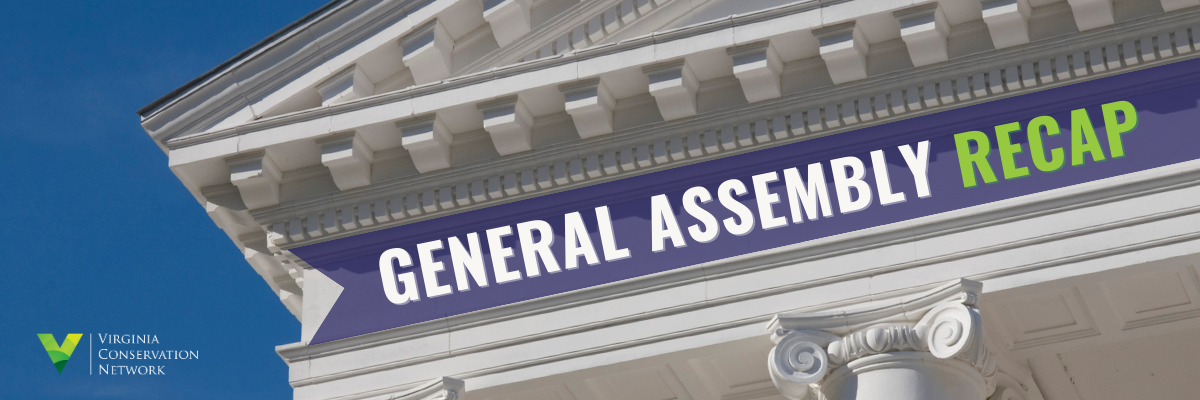
Passed policy now heads to the Governor’s desk for him to sign, amend, or veto bills by April 8th. Legislators will make a final vote on amended bills during Veto Session on April 17th to determine which bills will officially become law starting on July 1st, 2024.
Be the first to know about new environmental legislation: register for our virtual General Assembly Recap on Tuesday, April 23rd, from 12-1:30 PM. You’ll hear the inside scoop from environmental policy experts about the conservation community’s biggest victories, the missed opportunities, and any surprise outcomes from the 2024 General Assembly session.
See the outcomes of other environmental policies from the 2024 General Assembly session below:

